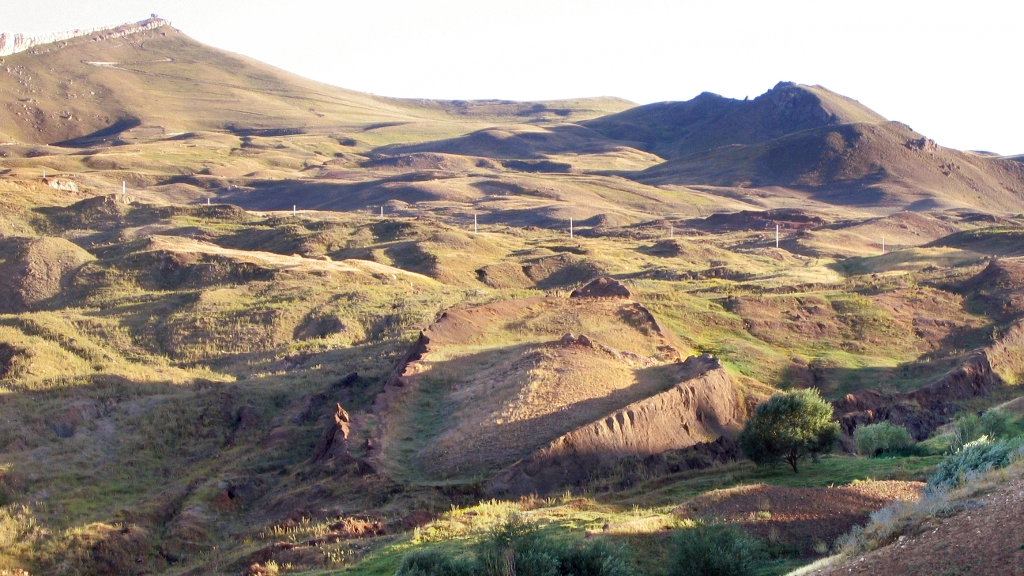Were Dinosaurs on Noah’s Ark?
Welcome AFA Journal subscribers!
This is the question that is being posed to readers of the AFA Journal in the month of August.
This is the question that is being posed to readers of the AFA Journal in the month of August. The striking full-page ad (right)—featuring a large T. rex skull—is appearing on the back cover of the August issue (but is often mailed out to subscribers before the printed issue date).
On talk-show programs, skeptics often call and ask AiG guests a mocking question: “How could so many animals really fit on Noah’s Ark?” The AiG guest usually responds to the caller with his own question: “Do you know how large the Ark was and how many animals were required?”
The caller normally fumbles around a bit, obviously caught not knowing either answer. This brings up the opportunity to pose another question to the caller: “So you have an unknown-size boat, with an unknown-number of animals on board, and you say that there wasn’t enough room on the Ark?”
The AiG guest will then carefully share the number of animals needed and describe the Ark’s massive size:
In Genesis 6:19–20, the Bible says that two of every sort of land vertebrate was to be on board (from the text, we know that Noah did not need to carry plants, sea creatures and insects as passengers). Also, seven of the “clean” animals, of which there are relatively few, were on board. Genesis 6:20 indicates that Noah didn’t have to round up the animals; rather, God brought them to Noah.
Creationist researcher John Woodmorappe assumed, for his calculation, that each “kind” would be the ancestor of all “species” in a modern “genus” (plural genera), meaning that only about 8,000 animal genera (including some extinct animals), and when multiplying by two, meant that over 16,000 animals had to be aboard. When you realize that horses, zebras, and donkeys are probably descended from the horse-like “kind”, it should be clear that Noah did not have to carry 2 sets of each such animal. Also, dogs, wolves, and coyotes are probably from a single canine “kind”, so hundreds of different dogs were not needed.
It’s important to note that Woodmorappe’s assumption is generous to the sceptics. The article Ligers and Wholphins: What next? shows that many “kinds” could even be the ancestors of a whole “family”; if so, then only 2000 animals would have been required on board.
At this point—if the skeptic is still on the line—the next question is asked: “Well, how could you fit all those 16,000 animals—especially the huge dinosaurs—on the Ark?”
First, although there are about 668 names of dinosaurs, there are perhaps only 55 different “kinds” of dinosaurs. Furthermore, not all dinosaurs were huge like the Brachiosaurus, and even those dinosaurs on the Ark were probably “teenagers” and much smaller than the adults. Note that even the biggest dinosaurs came from eggs no larger than footballs. Also, many modern reptiles keep growing till they die, unlike mammals, and since dinosaurs were reptiles, even many evolutionists believe that the very big specimens were very old ones.
According to Genesis 6:15, the Ark measured 300x50x30 cubits, which is about 460x75x44 feet, with a volume of 1.54 million cubic feet. Researchers have shown that this is the equivalent volume of 522 standard railroad stock cars (US), each of which can hold 240 sheep. By the way, only 11% of all land animals are larger than a sheep.
Without getting into all the math (Was There Really a Noah’s Ark & Flood?, or for more detail see the book: Noah’s Ark: A Feasibility Study), the 16,000-plus animals would have occupied much less than half the space in the Ark (even allowing them some moving-around space).
Conclusion
The Bible is reliable in all areas, including its account of the Ark (and the worldwide catastrophic Flood). A Christian doesn’t have to have a blind faith to believe that there really was an Ark. What the Bible says about the Ark can even be measured and tested today.
As we say so often, all Christians should obey the commandment to “Always be prepared to give an answer to everyone who asks you to give the reason for the hope that you have.” (1 Peter 3:15), which is particularly important today in our age when so many people mock the Bible using so-called “science”. And 2 Cor. 10:5 says: “We demolish arguments and every pretension that sets itself up against the knowledge of God, and we take captive every thought to make it obedient to Christ.”
Note: For answers to other objections about the biblical account of Noah’s Flood and the Ark (e.g., Where did all the water come from?, How did Noah collect and then care for the animals?, etc.), see The Answers Book,. See also Q&A: Flood and Q&A: Noah’s Ark.
Click Here to subscribe to Answers Update—the AiG–USA weekly news!
Receive a weekly newsletter about AiG’s web articles and hot news of the week—in addition, you will get advance notice and be able to keep up-to-date on AiG breaking news.
Recommended Resources

Answers in Genesis is an apologetics ministry, dedicated to helping Christians defend their faith and proclaim the good news of Jesus Christ.
- Customer Service 800.778.3390
- Available Monday–Friday | 9 AM–5 PM ET
- © 2025 Answers in Genesis






